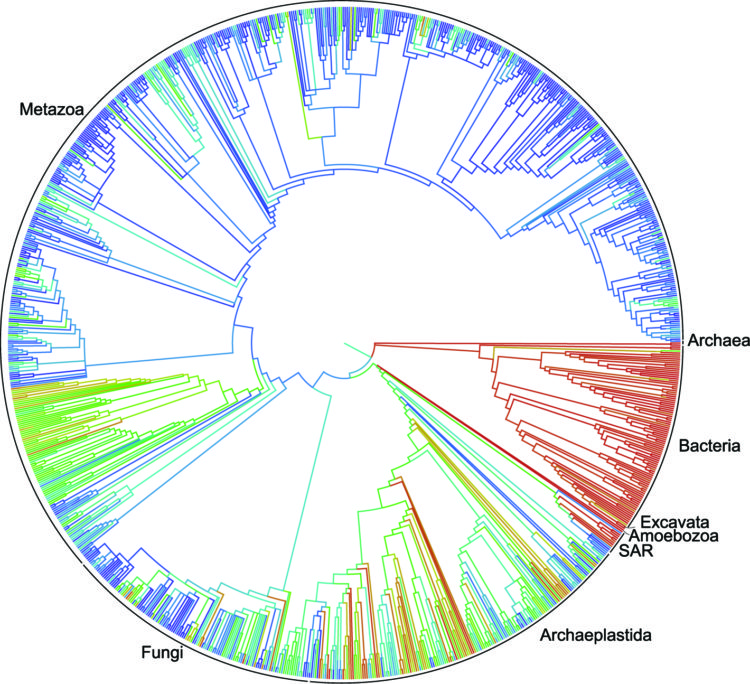It’s the most elusive question ever asked: where did we come from? Philosophers and scientists alike have tried tirelessly to discover the origins of life—to no avail.
But now, researchers have created a stunning representation of the connections of life here on Earth in the first-ever “Tree of Life”, a compilation that genetically tracks and connects the relationships between living things.
Created by researchers at Open Tree of Life, the evolutionary tree includes the roughly 2.3 million species of animals, plants, fungi, and microbes that have been identified and cataloged thus far. In the past, such diagrams have been created but with only a few hundred thousand species, this is the first one to combine them all into a single tree that encompasses all of life.
The result is an online digital resource that is available free for the public to view, and can even be edited by anyone like a “Wikipedia” page.
“This is the first real attempt to connect the dots and put it all together,” said principal investigator Karen Cranston of Duke University. “Think of it as Version 1.0.”
Instead of building the tree of life from scratch, researchers compiled the preexisting “chunks” that were already published and merged them together, creating the massive “supertree” that encompasses all known lifeforms.
“Although a massive undertaking in its right, this draft tree of life represents only a first step,” said the researchers.
This is partially due to a vast amount of older evolutionary research not cataloged in a digital medium, making it tough to map out and compile into the “supertree”. As a result, there are still some missing links, as well as some relationships between species that are contested by some experts.
In some ways, this groundbreaking tree of life is just as informative as it is a reminder of how little we know. Co-Author Douglas Soltis from the University of Florida said:
“As important as showing what we do know about relationships, this first tree of life is also important in revealing what we don’t know.”
Fortunately, the open source format of the project will allow future researchers to continually update the tree with new or refined data. Just as the diagram itself represents life on Earth, it, too, will evolve over time.
“It is by no means finished,” said Cranston. “It’s critically important to share data for already-published and newly-published work if we want to improve the tree.”
“Twenty-five years ago people said this goal of huge trees was impossible,” said Soltis. “The Open Tree of Life is an important starting point that other investigators can now refine and improve for decades to come.”



